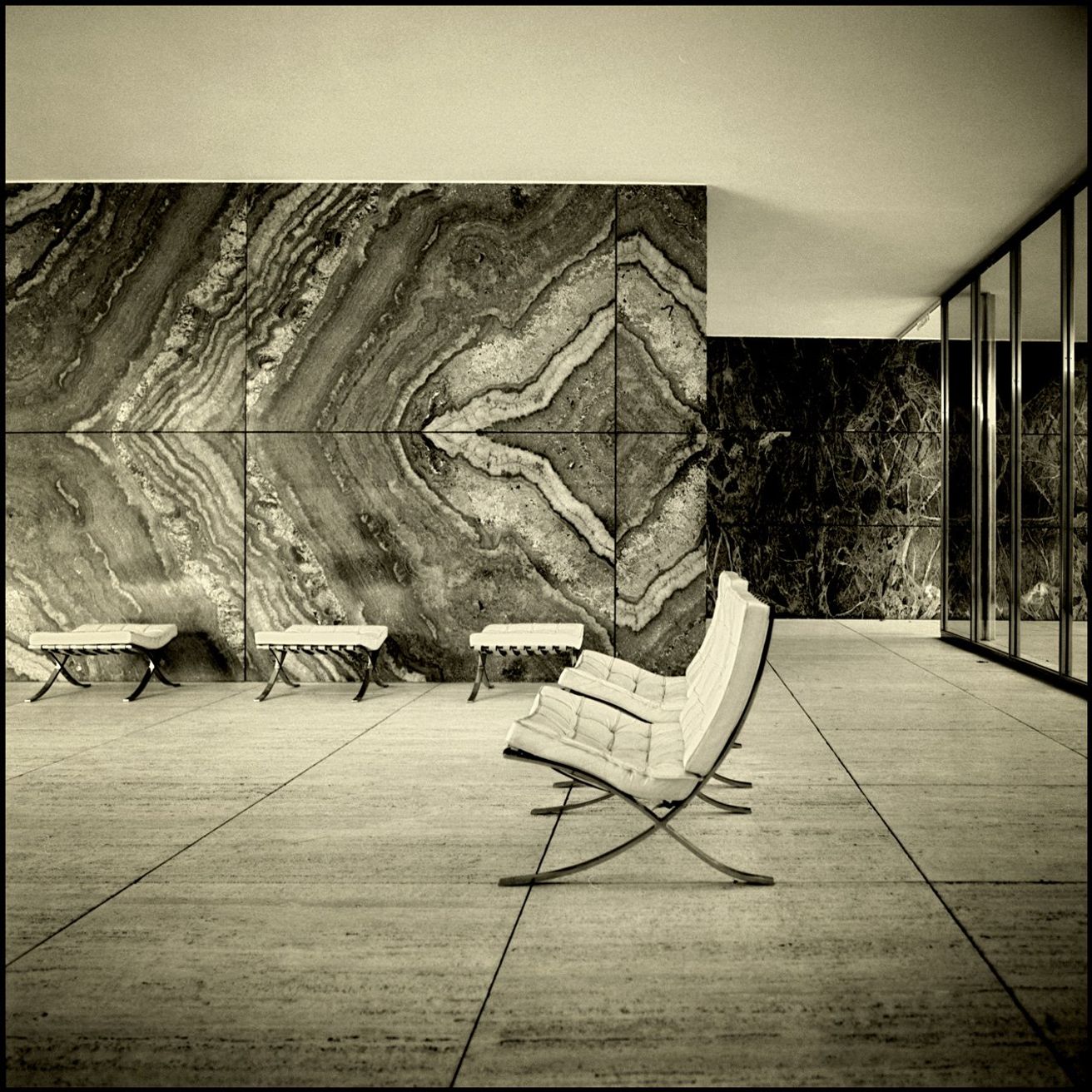Barcelona Pavilion: This building plays a significant role in Barcelona as a historical site and a tourism attraction. It was first constructed in 1928 and finished in 1929 by the architects Mies van der Rohe and Lily Reich; this Pavilion has another name and can be referred to as the German Pavilion. This building is home to many art pieces that have meaning, it was designed in the twentieth century and contains many modern art pieces.
It was built with both German and Spanish influences. Many plans that Mies first wanted were rejected by the Spanish monarchy. Once there was a plan that they both agreed, construction of the Pavilion began. The Museum is home to minimalistic art and in the twenty-first century it includes many marble slabs and art pieces.

Rohe wanted this to be “tranquil” and for people to enjoy.* The museum that Rohe built was disassembled in 1930 and in 1983, they rebuilt the building and construction was finished in 1986. The Architect was Oriol Bohigas of the reconstruction. The building people see when they go visit the art Pavilion by Bohigas and the modern building is on top of the old site.
People should visit the Pavilion because it is a beautiful site full of many art pieces that are calming, historic, and relaxing. It allows the individual to explore an art museum quite like no other.
*https://architectuul.com/architecture/barcelona-pavilion#:~:text=The%20building%20has%20become%20a,glass%2C%20steel%20and%20extravagant%20marble.
